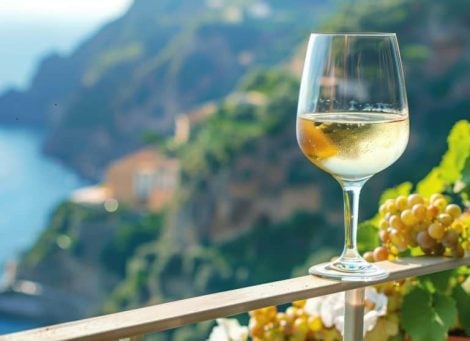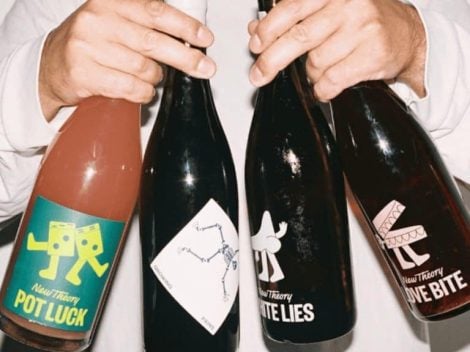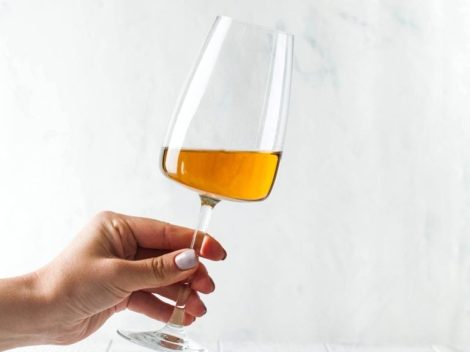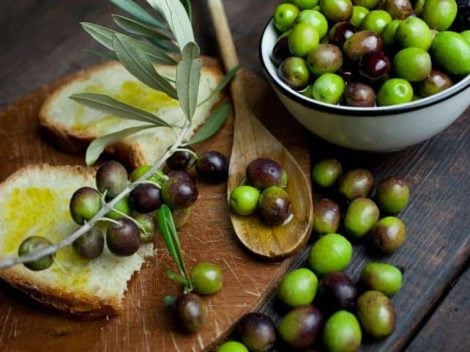Biodiversity and centuries-old traditions. This is the combination that characterizes the Monferrato region, the heart of a land proclaimed a UNESCO World Heritage Site, along with the Langhe and Roero hills. Thirteen denominations (4 DOCGs and 9 DOCs) originate in this area and are protected by the Barbera d'Asti and Monferrato Wines Consortium, which, since its foundation in 1946, has relied on more than 410 wine companies, producing over 65 million bottles in an area encompassing 116 municipalities in the province of Asti and 51 municipalities in the province of Alessandria.
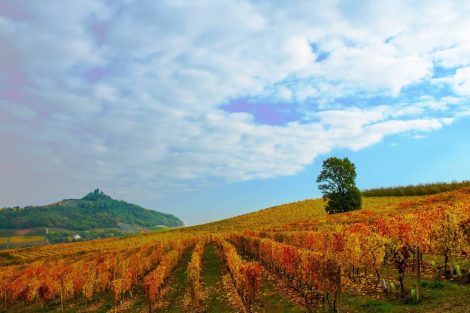
Objectives of the Barbera d'Asti and Monferrato Wines Consortium
The Piedmont district is the birthplace of the Barbera grape variety, traces of which can be found in literature in 1249 and 1512. A grape variety, and a wine, which by the end of the 19th century already enjoyed a reputation of excellence that, in the following century, led to its success both among growers and consumers. Quality development is one of the objectives of the current protection Consortium (erga omnes since 2015), as is the improvement of conditions in the wine production chain, with particular attention to the agricultural component, the true backbone of the territory.
The UNESCO recognition is an important added value that has allowed the knowledge of Monferrato wines to be even more widely spread worldwide. However, as Vitaliano Maccario, president of the Barbera d'Asti and Monferrato Wines Consortium, emphasizes, it is essential to recognize that "such uniqueness is possible only thanks to constant cooperation between man and nature: the result of hundreds of years of work carried out by our men and women who have been able to preserve, but also interpret according to the times, the wine-making tradition, respecting history and the landscape."
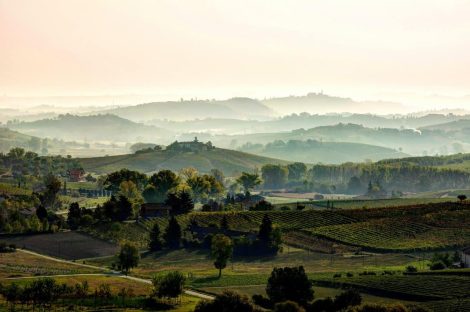
The value of native grape varieties
"Our most important task is to valorize, through wine promotion activities, the work of the winemakers, who give life to the wine excellences we know. Not only the bottle as a finished product, but all the work upstream must find the right recognition," says Maccario. If Barbera is undoubtedly a symbol and one of the most identity-defining grape varieties of Monferrato, numerous other prestigious native grape varieties have been cultivated in the area since ancient times and, above all, contribute to biodiversity: from the renowned Piemonte DOC to the Ruchè di Castagnole Monferrato DOCG, from the Nizza DOCG to the Freisa d'Asti DOC, to the more recent Terre Alfieri DOCG.
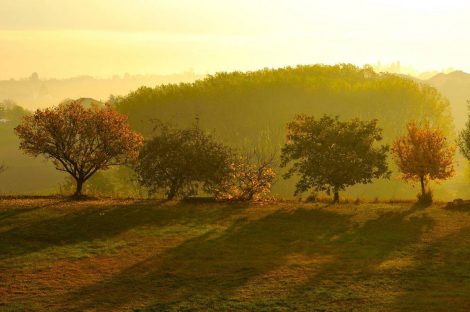
Terre d'Alfieri, jewel of Piedmont whites
Obtained DOC status in 2009 and DOCG status in 2020, the Terre Alfieri denomination includes Terre Alfieri Nebbiolo and Terre Alfieri Arneis, two different variations defined by the use of black or white grape berries. Terre Alfieri Arneis white wines represent a unique expression, a gem, of Italian wine heritage. They are cultivated in a specific geographical area characterized by clayey and sandy soils that give the wine extraordinary minerality and freshness. Winemakers dedicate themselves to sustainable practices and winemaking methods that respect and enhance the unique character of the grape variety. These wines are known for their delicate aromatic profile (wildflowers, white flesh fruit, more complex notes of almond and spices), with lively acidity that enhances freshness and promotes longevity.
Consorzio Barbera d'Asti e Vini del Monferrato
Piazza Vittorio Emanuele II, 10 - Costigliole d’Asti (Asti)
www.viniastimonferrato.it/

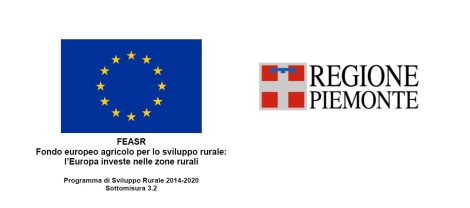

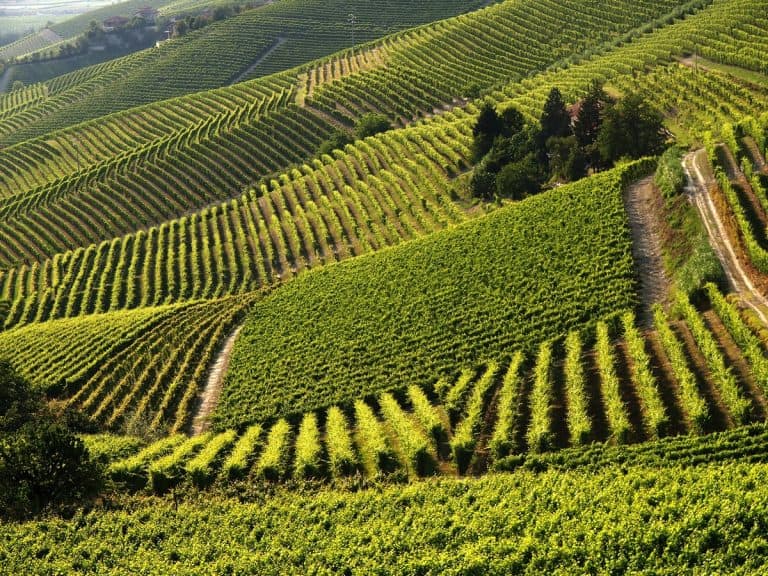
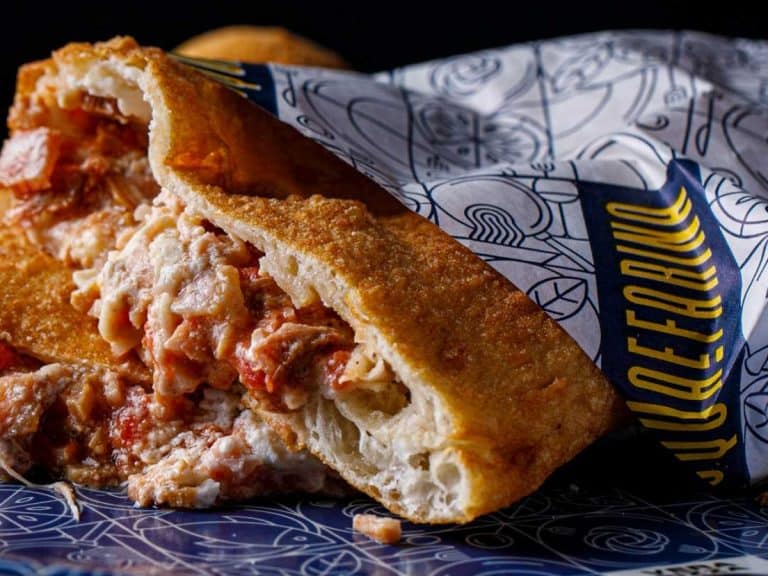 The best Street Food in Italy according to Gambero Rosso
The best Street Food in Italy according to Gambero Rosso The best Arrosticini in Italy are made inside a Fiat 500
The best Arrosticini in Italy are made inside a Fiat 500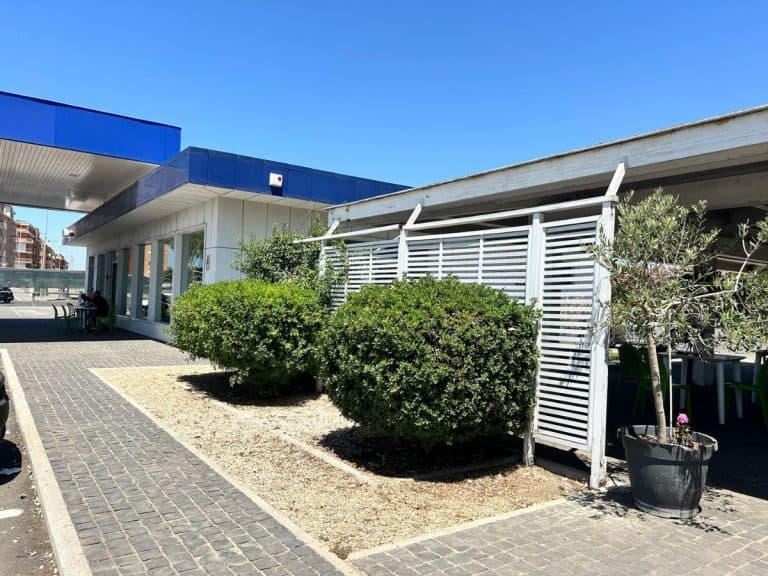 In Civitavecchia, there's a hidden restaurant inside a petrol station where Judges and Lawyers have lunch
In Civitavecchia, there's a hidden restaurant inside a petrol station where Judges and Lawyers have lunch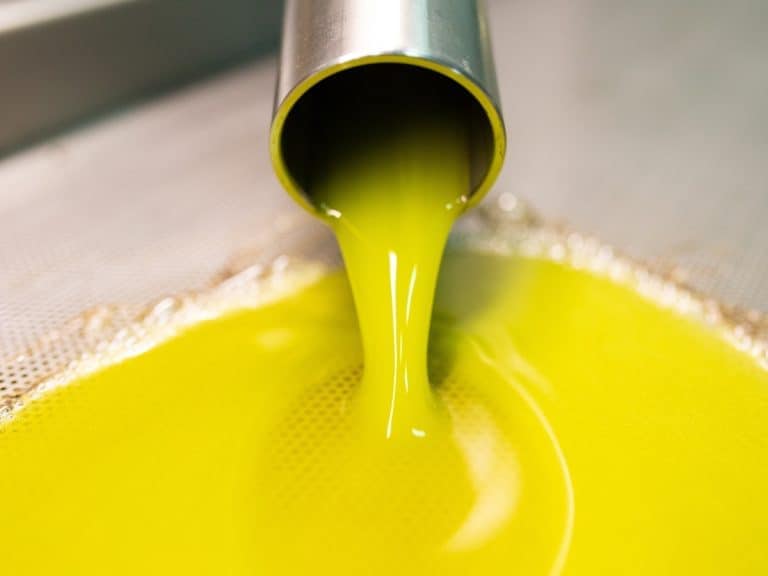 The best extra virgin olive oils from Lazio chosen by Gambero Rosso
The best extra virgin olive oils from Lazio chosen by Gambero Rosso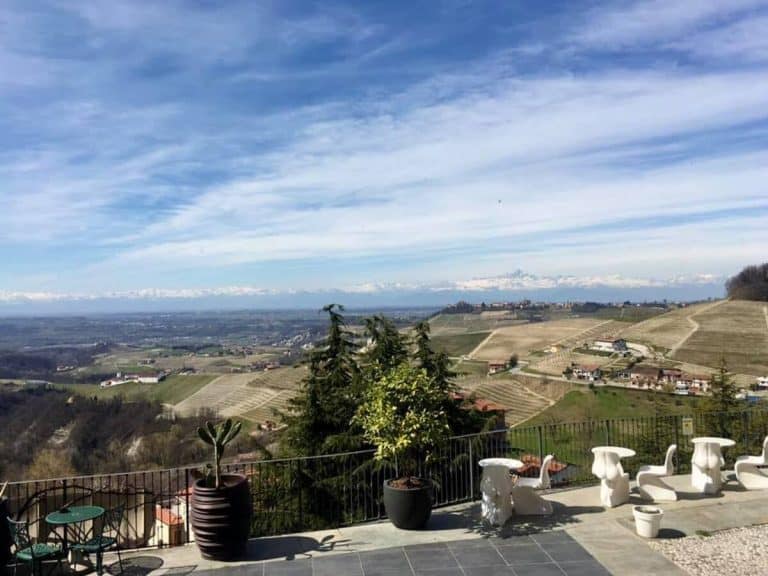 Where to eat on a terrace in the Langhe: 3 restaurants with vineyard views in Monforte d'Alba
Where to eat on a terrace in the Langhe: 3 restaurants with vineyard views in Monforte d'Alba